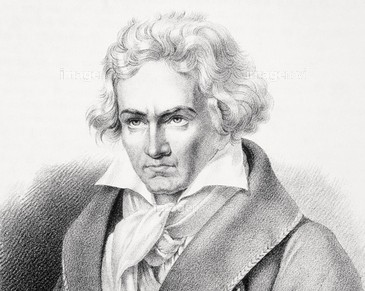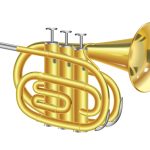
Beethoven – Turkish March
While Mozart’s Rondo alla Turca is perhaps the most widely known "Turkish March," Ludwig van Beethoven also composed a lively and distinctive piece by that name.
Beethoven’s Turkish March (or Marcia alla turca) appears as part of his incidental music for the play The Ruins of Athens (Die Ruinen von Athen), and it showcases a different, more playful side of the composer—full of rhythmic energy and exotic color.
Overview of the Piece
Beethoven composed The Ruins of Athens in 1811 for the opening of a new theater in Pest (now part of Budapest, Hungary).
The Turkish March is the fourth movement in this set of incidental music and quickly became one of the most famous and frequently performed numbers from the suite.
The piece gained popularity far beyond the context of the original play, eventually being arranged for piano, wind band, and other ensembles, making it one of Beethoven’s most accessible and enduring shorter works.
Musical Characteristics
The march features a brisk tempo, clear rhythm, and percussive use of instruments that evoke the sound of Turkish military bands, known in Europe at the time as "Janissary music."
This alla turca style was fashionable during the late 18th and early 19th centuries, and Beethoven employed it effectively through the use of triangle, cymbals, and bass drum.
The melody is light, catchy, and repetitive in a delightful way—designed to entertain and engage rather than to impress with complexity.
It stands in contrast to Beethoven’s more monumental symphonic works, revealing his wit and mastery of popular musical idioms.
Popularity and Adaptations
Over the years, Beethoven’s Turkish March has been arranged and reimagined by numerous composers and performers.
Notable piano adaptations by Anton Rubinstein and Louis Köhler helped bring the work into the solo repertoire.
In the 20th century, synthesizer pioneer Wendy Carlos (then Walter Carlos) famously arranged it in an electronic version, introducing it to new audiences.
The piece has also appeared in cartoons, children’s programming, and educational concerts, helping to introduce younger listeners to classical music through its cheerful and familiar sound.
Conclusion
Beethoven’s Turkish March is a charming and energetic work that highlights the composer’s ability to write with wit, color, and accessibility.
With its exotic flair and infectious rhythm, it continues to be enjoyed by audiences of all ages.
For anyone curious about Beethoven’s lighter side—or simply looking for a joyful, spirited piece—this is a perfect starting point.
More than 100 million songs in CD quality. 7 million in better-than-CD sound.
🎧 Start your free trial with Amazon Music Unlimited now!

